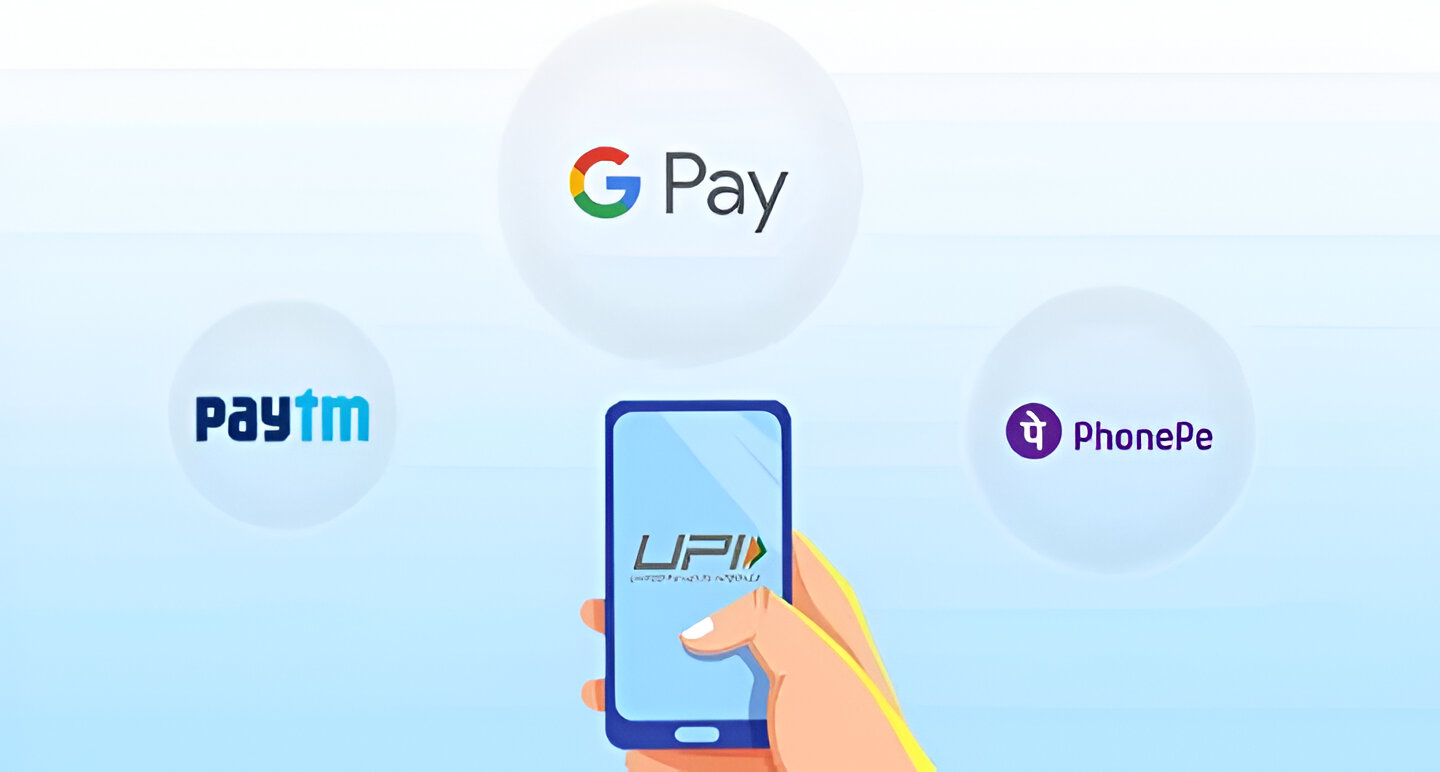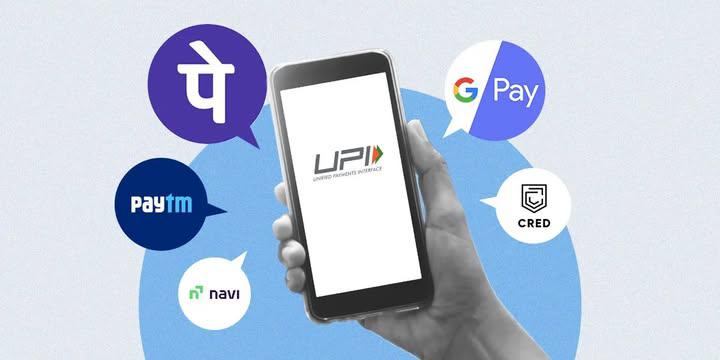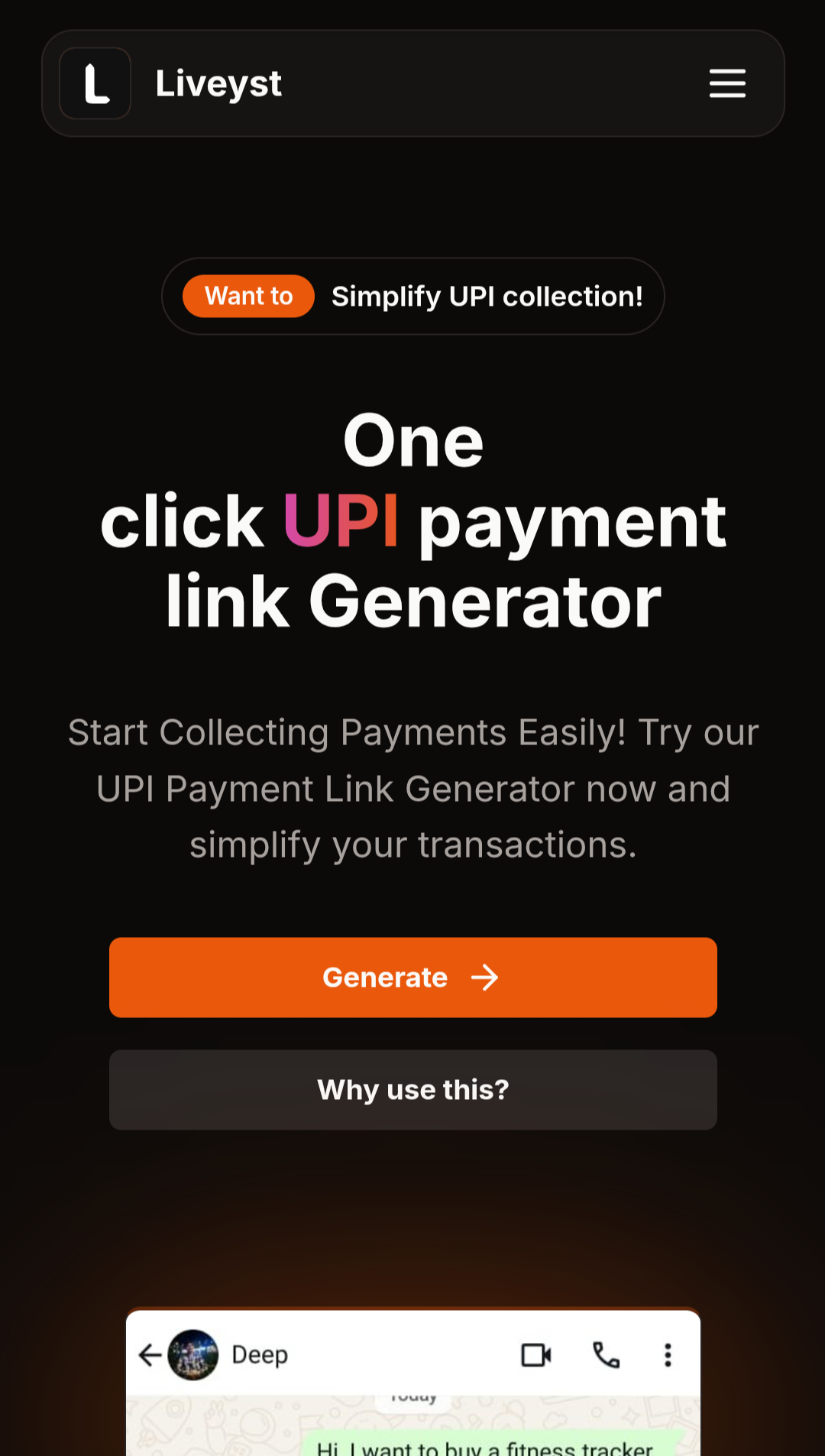Back
Vishu Bheda
•
Medial • 10m
𝗗𝗮𝘆 𝟰 𝗼𝗳 𝗧𝗵𝗲 𝗜𝗻𝗱𝗶𝗮𝗻 𝗦𝘁𝗮𝗿𝘁𝘂𝗽 𝗪𝗮𝗿 𝗦𝘁𝗼𝗿𝗶𝗲𝘀: 𝗣𝗮𝘆𝘁𝗺 𝘃𝘀. 𝗣𝗵𝗼𝗻𝗲𝗣𝗲 𝘃𝘀. 𝗚𝗼𝗼𝗴𝗹𝗲 𝗣𝗮𝘆 – 𝗧𝗵𝗲 𝗗𝗶𝗴𝗶𝘁𝗮𝗹 𝗣𝗮𝘆𝗺𝗲𝗻𝘁𝘀 𝗪𝗮𝗿 𝗧𝗵𝗮𝘁 𝗧𝗿𝗮𝗻𝘀𝗳𝗼𝗿𝗺𝗲𝗱 𝗜𝗻𝗱𝗶𝗮 𝟮𝟬𝟭𝟲 – 𝗧𝗵𝗲 𝗡𝗶𝗴𝗵𝘁 𝗧𝗵𝗮𝘁 𝗖𝗵𝗮𝗻𝗴𝗲𝗱 𝗜𝗻𝗱𝗶𝗮’𝘀 𝗘𝗰𝗼𝗻𝗼𝗺𝘆 For years, India was a cash-dominated market. Digital payments existed, but they were slow, inconvenient, and rarely used beyond mobile recharges. Then came November 8, 2016. Demonetization hit. ₹15 lakh crore—86% of India’s currency—was declared invalid overnight. Panic followed. ATMs ran out of cash. Small businesses collapsed. People stood in endless queues, desperate for liquidity. And in the midst of this chaos, one company was ready. Paytm. --- 𝗣𝗮𝘆𝘁𝗺’𝘀 𝗨𝗻𝘀𝘁𝗼𝗽𝗽𝗮𝗯𝗹𝗲 𝗥𝗶𝘀𝗲 Overnight, Paytm became India’s default wallet. Kirana stores adopted QR codes. Street vendors and chaiwalas started using it. Transactions exploded from 125 million to 500 million in a single month. By 2017, Paytm had over 200 million users. It seemed like no one could challenge it. But in the shadows, a silent revolution was brewing. --- 𝗣𝗵𝗼𝗻𝗲𝗣𝗲’𝘀 𝗚𝗮𝗺𝗲-𝗖𝗵𝗮𝗻𝗴𝗶𝗻𝗴 𝗨𝗣𝗜 𝗕𝗲𝘁 While Paytm was riding the wallet wave, a government-backed disruption was emerging—UPI (Unified Payments Interface). UPI was a game-changer: It allowed money to move directly between bank accounts. Transactions were instant and free. It had government backing for trust and scale. And PhonePe was the first startup to go all-in on UPI. Unlike Paytm, which relied on wallets, PhonePe made direct bank transfers effortless. At first, Paytm ignored UPI. By 2018, that was a mistake. --- 𝗚𝗼𝗼𝗴𝗹𝗲 𝗣𝗮𝘆 𝗘𝗻𝘁𝗲𝗿𝘀 – 𝗧𝗵𝗲 𝗪𝗮𝗿 𝗧𝘂𝗿𝗻𝘀 𝗙𝗶𝗲𝗿𝗰𝗲 Just as PhonePe was gaining traction, a tech giant entered the battlefield—Google Pay. Google had: Massive cashback offers to attract users. A seamless UPI experience built into Android. By 2019, India’s digital payments war was a three-way battle: PhonePe dominated early UPI adoption. Google Pay used aggressive cashbacks to acquire users. Paytm struggled to transition from wallets to UPI. By 2020, wallets were dead. UPI had won. But the battle for dominance was just getting started. --- 𝟮𝟬𝟮𝟰 – 𝗪𝗵𝗼’𝘀 𝗪𝗶𝗻𝗻𝗶𝗻𝗴? PhonePe leads UPI transactions, holding nearly 50% market share. Google Pay is a close second, leveraging its Android ecosystem. Paytm, once the leader, is pivoting to lending, insurance, and financial services to stay relevant. But the war is far from over. The next battlefield? Credit, lending, and wealth management. And the competition will only get more ruthless. --- This was just Day 4. Tomorrow, we uncover Byju’s vs. Unacademy – The Edtech Battlefield and how these two giants reshaped India’s online education industry. 𝗙𝗼𝗹𝗹𝗼𝘄 Vishu Bheda 𝗻𝗼𝘄—𝗯𝗲𝗰𝗮𝘂𝘀𝗲 𝘁𝗵𝗲 𝗯𝗶𝗴𝗴𝗲𝘀𝘁 𝗯𝗮𝘁𝘁𝗹𝗲𝘀 𝗮𝗿𝗲 𝘀𝘁𝗶𝗹𝗹 𝗮𝗵𝗲𝗮𝗱.

Replies (5)
More like this
Recommendations from Medial

Anonymous
Hey I am on Medial • 1y
UPI based payment gateway for developers. I want to enable UPI payments on my website. Which solution can I use? Paytm, Razorpay, Phonepe required documents proving you are a registered business. But I'm a dev, don't have any registered business. Loo
See MoreVCGuy
Believe me, it’s not... • 1y
A few days ago, Flipkart introduced its new UPI service, Supermoney. ⏮️The interesting part: Let's go back a few years - Dec, 2015: 3 former Flipkart exec's start PhonePe. Apr, 2016: Flipkart acquires PhonePe for $20 M. Aug, 2018: Walmart acquires
See MoreDownload the medial app to read full posts, comements and news.







































